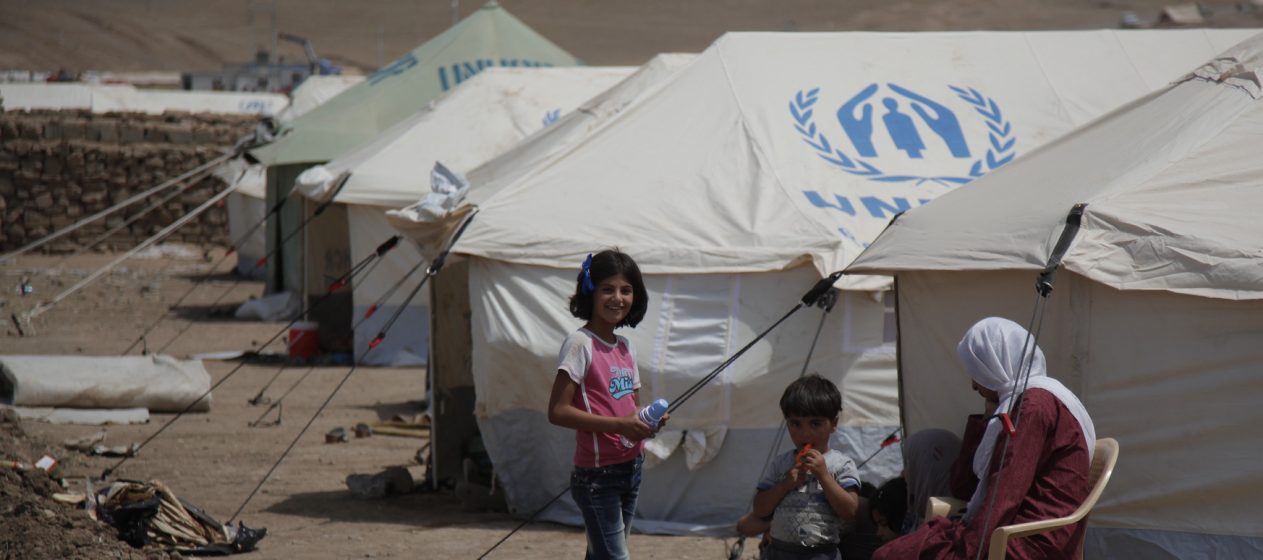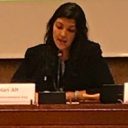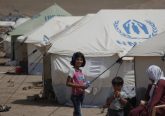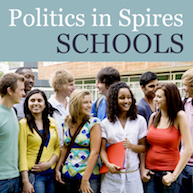Including persons with disabilities in emergency responses is a shared responsibility of all humanitarian actors
As discussed in the first article of this series, persons with disabilities have been overwhelmingly excluded from humanitarian aid in different crises worldwide. In general, services provided by governments and NGOs are not accessible to these individuals, increasing their vulnerabilities during emergency responses.
Activists and NGOs, however, have been trying to change this unacceptable situation. Actors such as International Disability Alliance (IDA), International Disability and Development Consortium (IDDC), Humanity & Inclusion, Christian Blind Mission (CBM), HelpAge International, Light for the World, Sightsavers have been leading an international movement to guarantee that the needs of persons with disabilities are met during humanitarian crises. This article will introduce and contextualize these efforts, and address the challenges faced by those promoting sustainable change towards inclusion.
Background
Historically, international agreements and frameworks related to humanitarian crises (such as International Humanitarian Law, the Hyogo Framework for Action, the Millennium Development Goals, the SPHERE Project, among others) have not directly mentioned persons with disabilities or have only addressed them as part of the broader category of “vulnerable groups.” Therefore, these documents have failed to promote real inclusion of persons with different types of impairments.
However, the past few years have brought substantial change. In 2006, the disability movement achieved a remarkable milestone with the elaboration of the Convention on the Rights of Persons with Disabilities (CRPD), which laid the groundwork for future agreements and frameworks to directly mention persons with disabilities. This “new wave” of documents includes: the Sendai Framework for Disaster Risk Reduction (the Hyogo Framework’s successor), the Sustainable Development Goals (the successor of the MDGs), and the Core Humanitarian Standards (the Project SPHERE’s successor).
Although none of these documents address disability issues as their primary goals, they are significantly better than their predecessors. For instance, all three establish specific secondary targets related to the topic of disability, including important points such as the need to collect disaggregated data by disability and to ensure the involvement of persons with disabilities in decision-making mechanisms.
During the 2016’s World Humanitarian Summit, another crucial document was launched: the Charter on Inclusion of Persons with Disabilities in Humanitarian Action. Since then, the Charter has been endorsed by over 170 governments, UN agencies, international and national NGOs and associations, the Red Cross and Crescent Movement and Disabled People’s Organisations (DPOs). Despite not being legally binding, the document laid the foundation for more concrete actions, for instance the setup of a special Working Group within the scope of the InterAgency Standing Committee (IASC). [1] It has also made a remarkable progress in increasing funds from large international donors for inclusive projects in emergencies.
The promotion of inclusion in humanitarian action has gained considerable momentum. In this sense, interest in the topic has significantly increased among all humanitarian actors, not only those dealing specifically with persons with disabilities. Taking advantage of this favourable moment in the field is paramount for making inclusion in humanitarian emergencies a reality. However, important challenges remain.
Challenges
The main causes of exclusion of persons with disabilities are key for comprehending the major obstacles to operationalizing inclusive policies, frameworks and guidelines in the field, especially in complex emergencies. As mentioned before, collecting disaggregated data on disability and involving persons with disabilities in decision making mechanisms are fundamental first steps for improving responses to humanitarian crises.
Absence of data
At present, individuals’ specific needs often go unidentified and unaddressed by the actors providing humanitarian aid, exacerbating their situation of vulnerability. In 2016, UNHCR and Handicap International conducted a small survey in a Syrian refugee camp in Jordan in order to better understand the gaps in registration methods. The survey interviewed 100 individuals using an alternative data collection method, called the Washington Group Short Set of Questions. In this procedure, the respondents are not directly asked if they have a disability – as opposed to UNHCR’s methodology. The survey found that using UNHCR’s questionnaires, the disability prevalence rate was of only 2 percent. On the other hand, with the Washington Group questions the rate increased to 27 percent.
These results indicate how crucial it is to update or adapt existing methods of data collection to identify persons with disabilities within affected populations. A relevant step towards the right direction would be the adoption of the Washington Group Questions or WHO’s Model Disability Survey by UN agencies (especially the UNHCR) and NGOs. Humanitarian actors should also consider adapting their tools for needs assessment, as well as case management, monitoring, and evaluation. Similarly, donors should encourage the organizations applying for funding to reformulate their methodology.
Involving persons with disabilities
“Nothing for us, without us” became one of the mottos used by the disability movement to shed light on the fact that most inclusion policies, projects or guidelines are developed without the participation of persons with disabilities. In this context, one must note that people have different types of impairments, therefore, they need treatments specific to their conditions. In addition, disability related stigma varies according to countries and cultures. Nonetheless, it is crucial that persons with different disabilities are part of the planning, the implementation and the monitoring of different projects.
Humanitarian actors should ensure, for instance, that specific consultation meetings are held with persons with disabilities for the planning, implementation or evaluation stages of a given project. Similarly, an ad hoc group or committee with frequent meetings can be set up to support, monitor and ensure that all activities of an organization are inclusive. These groups or meetings should be established within organizations, UN agencies, and donors. The latter should also be responsible for ensuring that funding is conditional on guarantees of the participation of persons with disabilities in the project.
Technical expertise
A report published in May 2017 documents the progress and the shortcomings in Iraq of the Charter on Inclusion, one year after its launch. On the occasion, different actors debated the difficulties to include persons with disabilities in such a complex humanitarian response. One of the most cited obstacle by mainstream organizations [2] was the lack of technical expertise in disability inclusion among their teams.
With this in mind, mainstream organizations (including UN agencies) should ensure the presence of a technical expert in their core team. A more sustainable and long term solution would include enabling the entire teams of organizations to promote disability inclusion in their programs. It is imperative that HQ and field staffs are able to ensure that the services provided respect established international standards of accessibility and inclusion.
Conclusion
The current international environment favors positive and sustainable changes in recognizing the special needs of persons with disabilities as integral to responses to humanitarian crises. The next steps in promoting inclusion is to operationalize international agreements, keeping in mind the ways to overcome the obstacles discussed above.
One must also not forget that disability is an evolving concept and often challenging in contexts of “peace.” As such, disability interacts with and exacerbates the negative consequences of humanitarian crises, which are often highly difficult to adequately respond to in any case. Thus, disability in the context of humanitarian crises will continue to present new challenges, requiring innovative solutions, dedication and attention.
Although it is important to ensure that specific activities, such as rehabilitation, are part of an emergency response, the concept of inclusion means that everyone has equal and dignified access to all services provided. Therefore, in addition to projects targeting specifically persons with disabilities, it is imperative to ensure that education, protection, WASH, shelter and other projects are inclusive. Access to humanitarian assistance is a fundamental human right for all and, therefore, guaranteeing it is a responsibility of all humanitarian actors.
—–
[1] The IASC is a forum involving the key UN and non-UN humanitarian actors. It is the main mechanism for coordination in humanitarian crises. See more: https://interagencystandingcommittee.org/
[2] Mainstream organizations are defined here as those working in different projects, without a focus on disability – as opposed to disability focused NGOs, which usually implement (or partner with local organizations for that purpose) different types of projects, with persons with disabilities as their primary beneficiaries.






